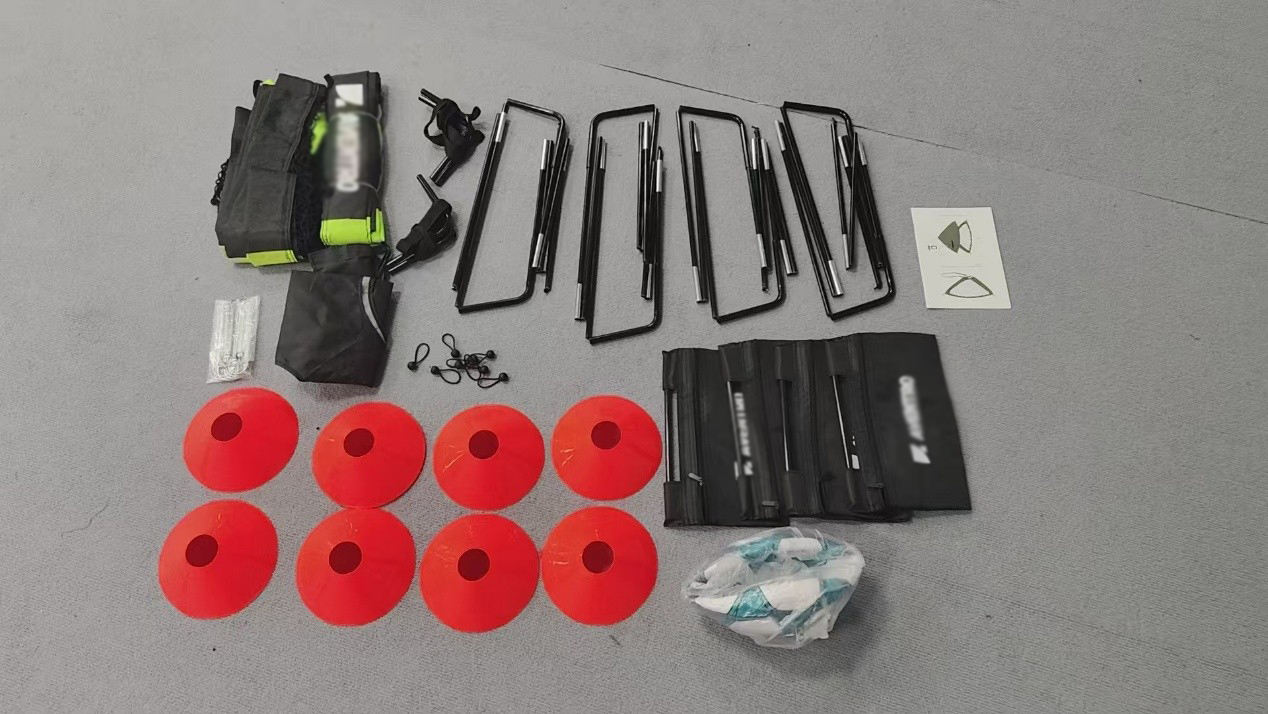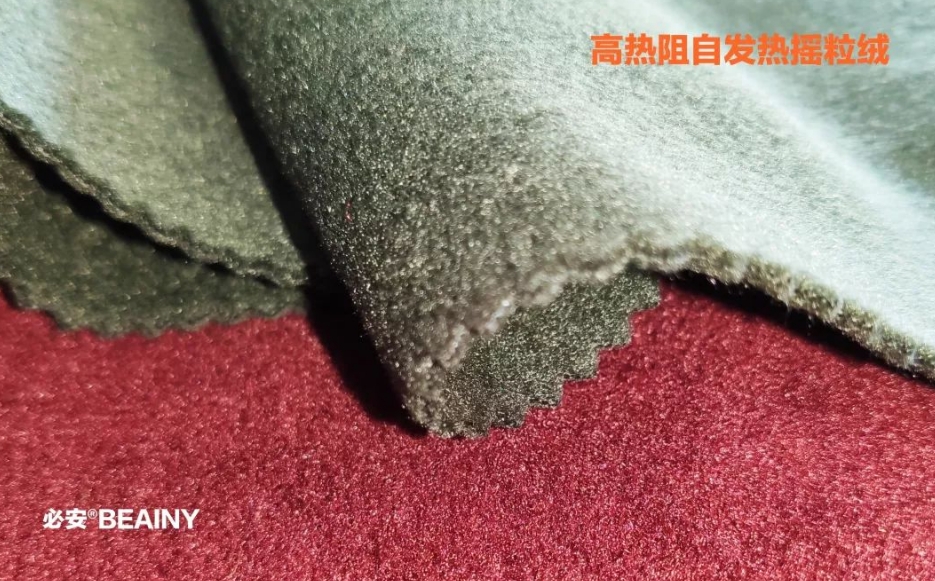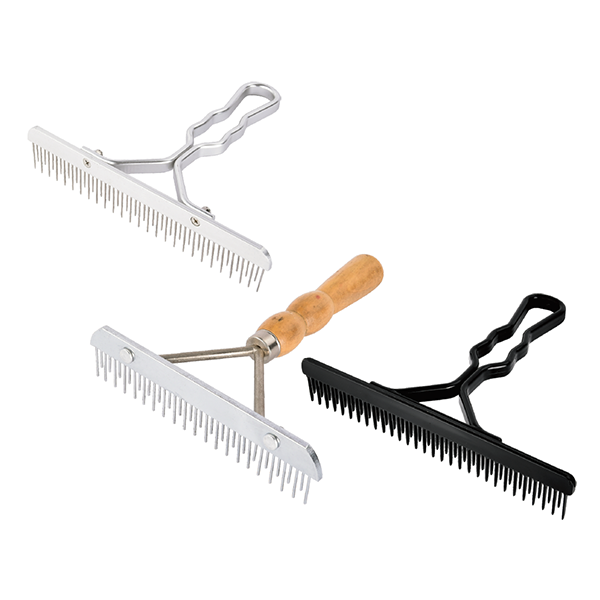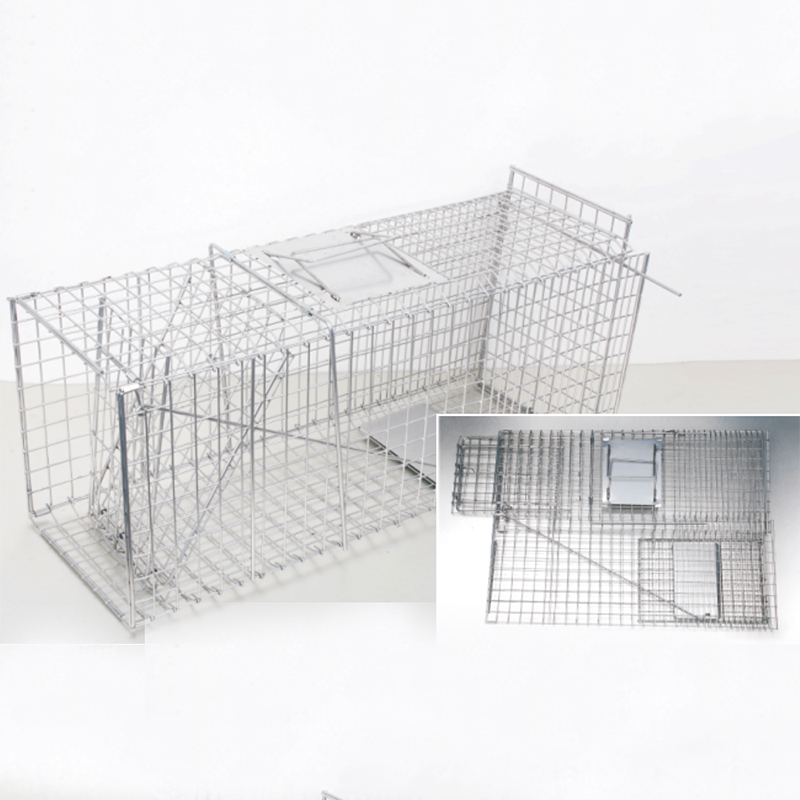In offshore pipeline maintenance, the use of heating tape is one of the important measures to ensure the normal operation of the pipeline. Heating tape is a device that can provide stable heat energy and is widely used in anti-freeze insulation of offshore pipelines. However, due to the particularity of the offshore environment, the maintenance of heating tapes requires special attention to the following points.
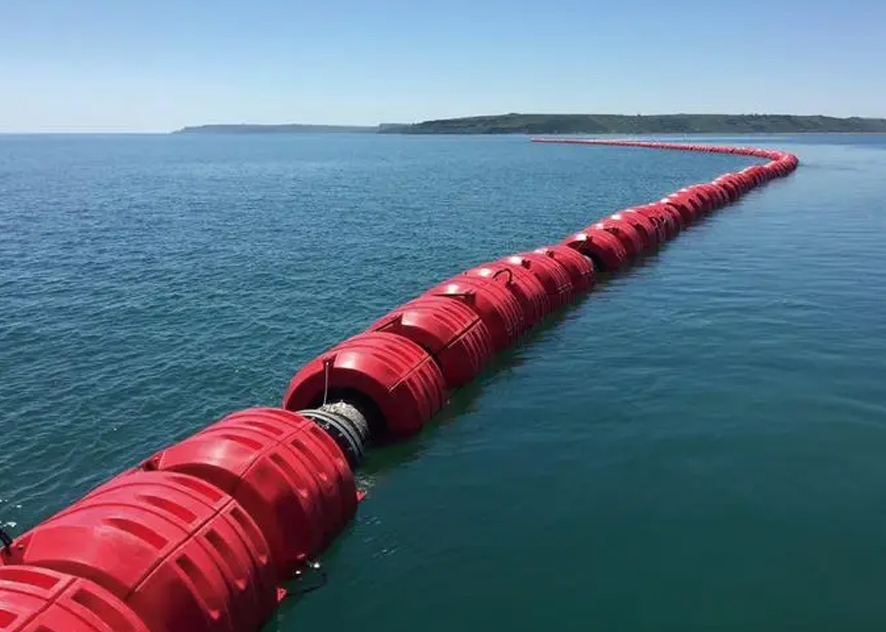
1. Choose a suitable heating tape
When selecting heating tape, you need to consider the particularities of the offshore environment, such as humidity, salt, temperature fluctuations and other factors. A heating tape with good corrosion resistance, waterproof performance and high temperature resistance should be selected to ensure its long-term stable operation in harsh environments.
2. Install heating tape correctly
When installing heating tape, you should strictly follow the product instructions and relevant standards. Make sure the heating tape is in close contact with the pipe surface to avoid gaps to improve heat transfer efficiency. At the same time, attention should be paid to the fixation and protection of the heating tape to avoid mechanical damage.
3. Regularly check the heating tape
Regular inspection of heating tape is key to maintenance. The inspection includes whether the appearance of the heating tape is damaged, whether the connection is loose, whether the insulation is good, etc. If any problems are found, repair or replace them promptly to ensure the normal operation of the heating tape.
4. Prevent overload and short circuit
When using heating tape, avoid overload and short circuit conditions. Overload will cause the heating tape to overheat and affect its service life; short circuit may cause fire and other safety accidents. Therefore, the power of the heating tape must be properly set and controlled to ensure that it operates within a safe range.
5. Pay attention to waterproofing and moisture-proofing
The maritime environment has high humidity, and moisture can easily enter the interior of the heating tape, causing electrical failure. Therefore, when installing and maintaining heating tapes, effective waterproof and moisture-proof measures should be taken, such as using waterproof joints, sealing materials, etc.
6. Avoid chemical corrosion
Offshore pipelines may be exposed to a variety of chemicals that may cause corrosion to heating tape. During the selection and installation process of heating tapes, chemical corrosion factors should be considered and corresponding protective measures should be taken, such as using anti-corrosion coatings or selecting corrosion-resistant materials.
7. Safety protection measures
When performing heating tape maintenance work, you must comply with relevant safety regulations, such as wearing insulating gloves and using insulating tools. At the same time, it is necessary to ensure that maintenance personnel have relevant electrical knowledge and skills to avoid safety accidents such as electric shock.
In summary, heating tapes play an important role in offshore pipeline maintenance, but attention must be paid to selecting appropriate products, correct installation, regular inspections, preventing overloads and short circuits, paying attention to waterproofing and moisture-proofing, avoiding chemical corrosion, and taking safety protection measures. . Only in this way can the effective operation of the heating belt be ensured and the safety and stability of offshore pipelines guaranteed.

 English
English Español
Español Português
Português русский
русский français
français 日本語
日本語 Deutsch
Deutsch Tiếng Việt
Tiếng Việt Italiano
Italiano Nederlands
Nederlands ไทย
ไทย Polski
Polski 한국어
한국어 Svenska
Svenska magyar
magyar Malay
Malay বাংলা
বাংলা Dansk
Dansk Suomi
Suomi हिन्दी
हिन्दी Pilipino
Pilipino Türk
Türk Gaeilge
Gaeilge عربى
عربى Indonesia
Indonesia norsk
norsk اردو
اردو čeština
čeština Ελληνικά
Ελληνικά Українська
Українська Javanese
Javanese فارسی
فارسی தமிழ்
தமிழ் తెలుగు
తెలుగు नेपाली
नेपाली Burmese
Burmese български
български ລາວ
ລາວ Latine
Latine Қазақ
Қазақ Euskal
Euskal Azərbaycan
Azərbaycan slovenský
slovenský Македонски
Македонски Lietuvos
Lietuvos Eesti Keel
Eesti Keel Română
Română Slovenski
Slovenski मराठी
मराठी Српски
Српски 简体中文
简体中文 Esperanto
Esperanto Afrikaans
Afrikaans Català
Català עִברִית
עִברִית Cymraeg
Cymraeg Galego
Galego 繁体中文
繁体中文 Latvietis
Latvietis icelandic
icelandic יידיש
יידיש Беларус
Беларус Hrvatski
Hrvatski Kreyòl ayisyen
Kreyòl ayisyen Shqiptar
Shqiptar Malti
Malti lugha ya Kiswahili
lugha ya Kiswahili አማርኛ
አማርኛ Bosanski
Bosanski Frysk
Frysk ជនជាតិខ្មែរ
ជនជាតិខ្មែរ ქართული
ქართული ગુજરાતી
ગુજરાતી Hausa
Hausa Кыргыз тили
Кыргыз тили ಕನ್ನಡ
ಕನ್ನಡ Corsa
Corsa Kurdî
Kurdî മലയാളം
മലയാളം Maori
Maori Монгол хэл
Монгол хэл Hmong
Hmong IsiXhosa
IsiXhosa Zulu
Zulu Punjabi
Punjabi پښتو
پښتو Chichewa
Chichewa Samoa
Samoa Sesotho
Sesotho සිංහල
සිංහල Gàidhlig
Gàidhlig Cebuano
Cebuano Somali
Somali Точик
Точик O'zbek
O'zbek Hawaiian
Hawaiian سنڌي
سنڌي Shinra
Shinra հայերեն
հայերեն Igbo
Igbo Sundanese
Sundanese Lëtzebuergesch
Lëtzebuergesch Malagasy
Malagasy Yoruba
Yoruba






